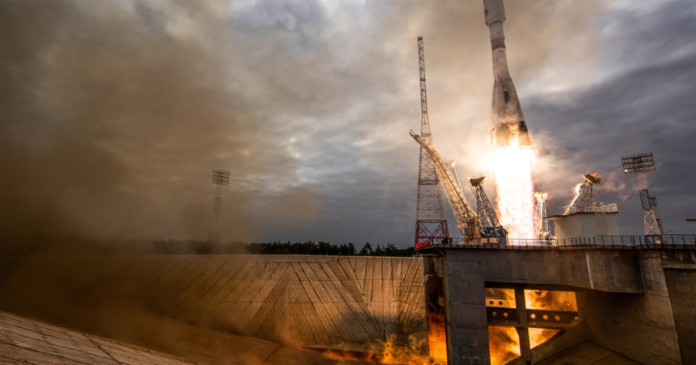Russian space agency Roscosmos reported on Sunday that the Luna-25 probe, the country’s first Moon mission in nearly 50 years, fell on the Moon as a result of an accident during pre-landing preparations.
Luna-25 probe crashes on Moon: Roscosmos reported that communication with Luna-25 was lost around 2:57 PM (1157 PM GMT) on Saturday.
The lander “has ceased to exist following a collision with the Moon’s surface,” according to preliminary assessments.
The space agency continued, “Measures performed on August 19 and 20 to find the craft and make contact with it were unsuccessful.
A ministerial probe into the causes of the crash will be initiate, without mentioning any potential technical issues.
In response to budgetary difficulties, corruption scandals within the programme, and rising isolation from the West, Moscow had intended to build on the legacy of its Soviet-era Luna programme with Luna-25, signalling a return to independent lunar exploration.
On Monday, the lunar south pole was expected to be gently touched down by the 800-kilogram Luna-25 spacecraft, making history.
Since the Soviet Union’s unfortunate Phobos 2 spacecraft to investigate the moons of Mars failed in 1989 due to an onboard computer glitch, Russia has not made an effort to land on a celestial body.
The project would be “risky,” according to Yuri Borisov, the head of Roscosmos, who told President Vladimir Putin in June that its chances of success were “around 70%.”
“On Wednesday, Luna-25 was launch from the Vostochny cosmodrome in the Russian Far East and successfully positioned in the Moon’s orbit.”
race to space
Nevertheless, on Saturday, Roscosmos reported that the probe encountered an “emergency” situation during its maneuver before attempting to land on the Moon, which ultimately hindered the mission’s successful completion.
The plan involved Luna-25 spending a year on the Moon, collecting soil samples and searching for water. Advocates of the proposal hold the belief that the water could serve as a resource for generating rocket fuel for upcoming launches and for sustaining potential future colonies.
The lander’s cameras have already captured images of the lunar surface.
Concerns about Russia’s military assault in Ukraine have overshadowed the country’s long-standing space collaboration with the West.
Russia will continue to utilize the International Space Station until 2028; however, the European Space Agency (ESA) has scrapped its plans to collaborate with Moscow on moon and Mars missions.
Moscow last sent a probe, Luna-24, to the moon in 1976, and since then has focused more on Venus missions and the construction of the Mir space station.
At a time when China and India are launching their own probes and the United States is resuming manned missions, landing Luna-25 successfully would have opened the door for additional Russian trips to the Moon.
Chandrayaan-3, India’s rival spacecraft, entered the Moon’s orbit earlier in August and intends to make a landing on the south pole as well.
Prior to this, only China, the United States, and Russia have successfully completed a lunar landing.

